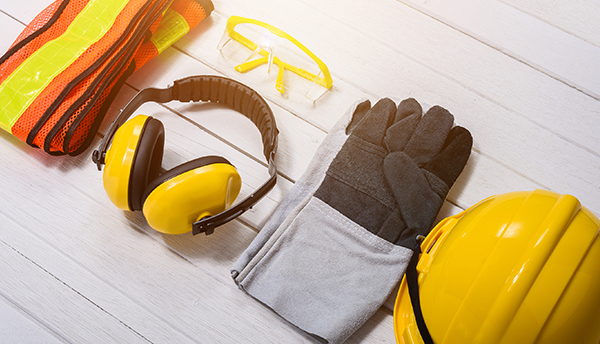Tree workers welcome smart, real-time communication built into hearing protection headsets.
By Shachar Harari, VP Business Development and Head of Cardo Crew Business Unit
We all know the importance of communication, but for teams involved in forestry and tree care, it can be a matter of life or death. Those in the industry know how dangerous this work can be – despite advances in tools and safety rules, there are still far too many tree-related injuries every year, many of which are fatal.1
In some cases, equipment advances do not equal a safer work environment. Some experts believe aerial lifts lead to a false sense of security and that the use of power tools near utility lines have added to the danger of tree work.2
The opposite is true for communication, where technology advances are welcomed by crews seeking to increase safety. “Yesterday, I watched helplessly from the top of a white oak as my groundman stopped up the chipper chute and kept feeding it. Had to come down and help unclog it, which put us behind enough that we were caught by a thunderstorm, resulting in an unfinished job and no paycheck till next week,” said one arborist.3
Two-way radios are certainly an improvement over yelling from the ground or using hand signals that may be misinterpreted or not seen by all team members. However, having to pull out a radio (or even just needing to push a button and waiting for your turn to speak) is far from ideal, it is not immediate communication and not worth chancing a fatality.
Said another arborist: “If my ground guy is pulling limbs to the chipper, and I see that my rope is along for the ride, I need to communicate that in real time. [The same is true] if I’m topping a tree and cut my rigging line. The ground guys (again in real time) can tell me what I did. It’s great to have good controls and discipline, but I have to be proactive and operate under Murphy’s Law. Because the guys on the ground are family, and at the end of the day, I need to get everyone home.”4
Just as radios were a tremendous improvement over yelling instructions up to climbers, new technologies take communication to a safer, more productive level. Advanced wearable intercom systems are ideal for tree-care and small forestry teams, providing hearing protection; hands-free communication (including voice commands to the system); the ability to effortlessly split into smaller groups and then rejoin; and a full-day, continuous-use battery.
Smart communication devices can be integrated with headbands or with hard hat mounts to enable highly fluid team communication. Additionally, teams prefer dynamic mesh communications that work with an unlicensed band versus the traditional two-way radio com systems that are generally subscription-based.


 1-866-985-9780
1-866-985-9780








